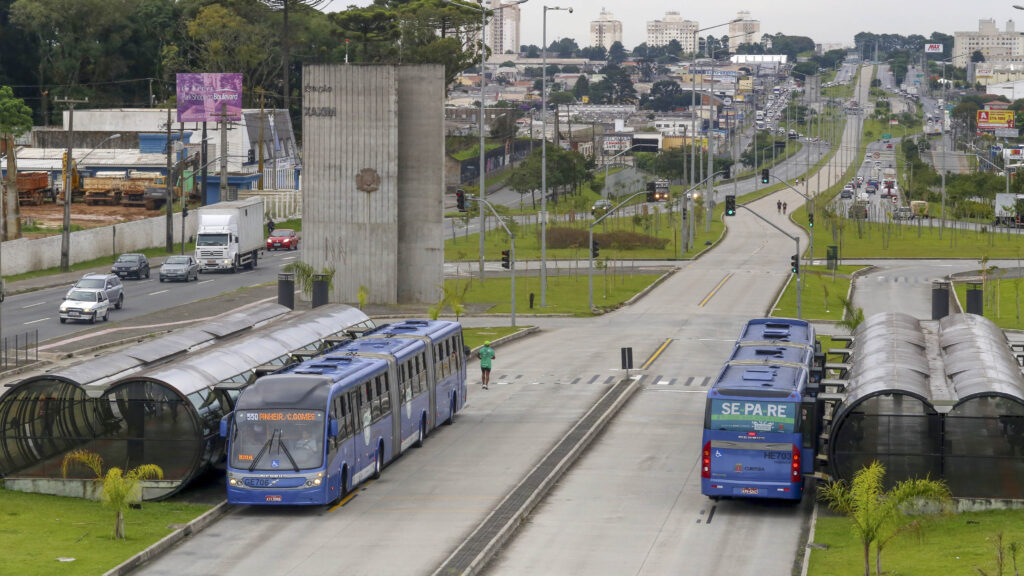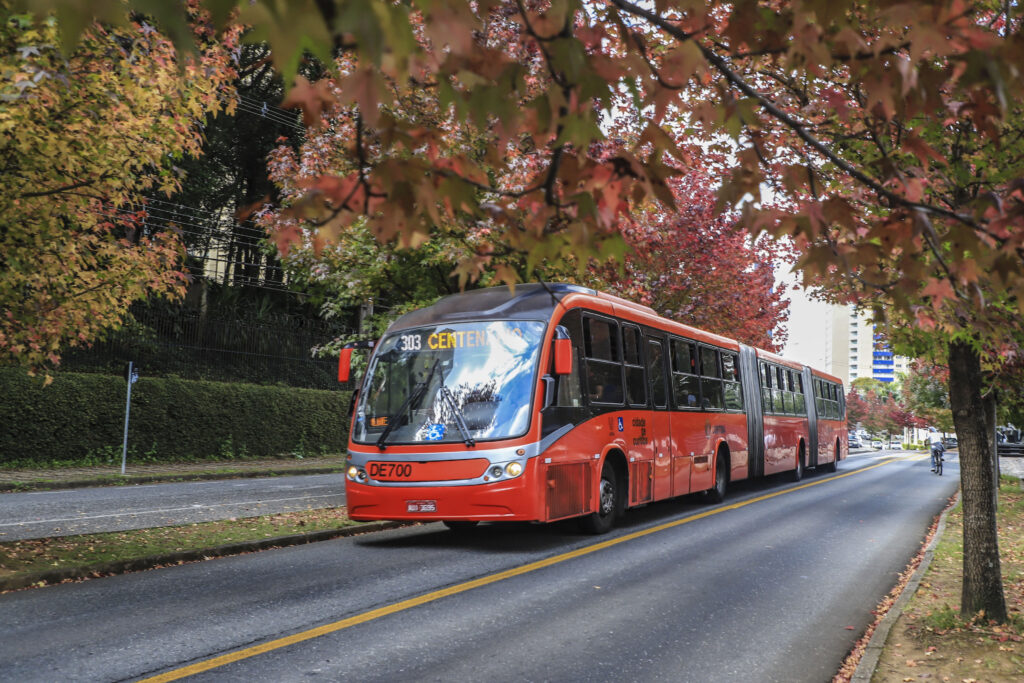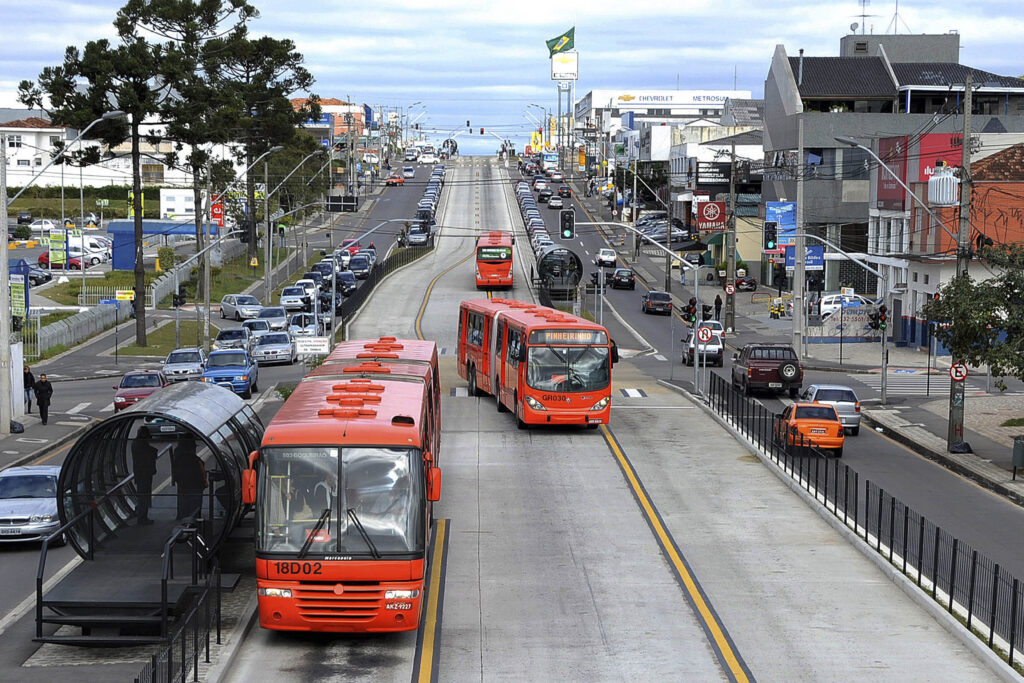At the beginning of the 1970s, a talented visionary, architect and urban planner, Jaime Lerner, came up with a system of public transport that revolutionised the lives of millions of people. Fast and efficient bus transport, organised according to his concept is currently available in many cities all over the world. Is his idea still relevant?
Surprising transformation
“Add a single lane to clear traffic jams”. “If we build a bypass, the city will be able to breathe!” – these are the two sentences most frequently heard in planning institutions and offices. The effects can be admired in the form of congested, exhaust-laden bypasses and thoroughfares.
Curitiba chose a different path.
As early as 1971, Jaime Lerner, the mayor of this rapidly growing Brazilian metropolis, began implementing a concept that seemed to contradict the mentality of the local Latin American population, who valued freedom and driving at high speeds.
Instead of widening the city’s roads, Lerner made them narrower and allocated lanes specifically for buses. Through his boldness and determination, this visionary gained widespread public support and was re-elected twice.
The key factors that contributed to the tremendous success of Curitiba’s system also differentiate it from the numerous “bypasses” found in European cities.


Foto: Pedro Ribas/SMCS


The recipe for success
Separated lanes are dedicated to fast buses, which pass by every 2 minutes during rush hours. These buses stop at covered stations where passengers can easily transfer to local lines. Utilizing the “green wave” system in traffic lights, the buses never waste time at intersections.
To implement such a system, for example in Warsaw, it would be necessary to allocate additional lanes, alongside busways and tram lines, exclusively for rapid transport buses. These buses would have stops approximately one kilometer apart in the city center and two kilometers apart in other districts.
The residents would likely appreciate the genuine freedom of super-fast and convenient travel between districts, which is a superior alternative to the illusion of freedom while driving on wide but congested roads. The great advantage of Lerner’s idea is that this outcome can be achieved without waiting for several decades to construct a comprehensive underground system.
That is how it worked in Curitiba, then in Bogota and then in many other cities in the world. The system invented by the Brazilian visionary is currently known as Bus Rapid Transit (BRT).




A glimpse of the future
The cities that have built or are building BRT include, in particular: Bangkok, Rio de Janeiro, Jakarta, São Paulo, Johannesburg, Mexico City, Lagos, Istanbul, Los Angeles, Vancouver and Ottawa.
The system has come under criticism lately because a bus is less friendly to the environment and less efficient than a tram.
However, BRT uses existing roadways, which means that it is inexpensive and can be implemented really fast.
In a city such as Warsaw, BRT could be used to achieve a quality of transport similar to that offered by a comprehensive underground system within a single term in office of the local self-government, and then the system could be gradually modified towards using fast trams moving on green tracks.
“Bus & Tram Rapid Transit” in Warsaw?
Why not?
Łukasz Kamiński
Thank you very much to Mr. Pedro Ribas – coordinator of the photographic sector of the City Hall of Curitiba for sharing the photos.












